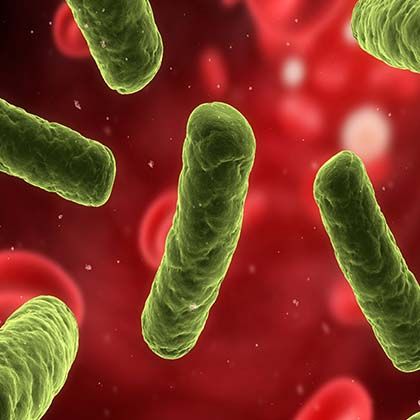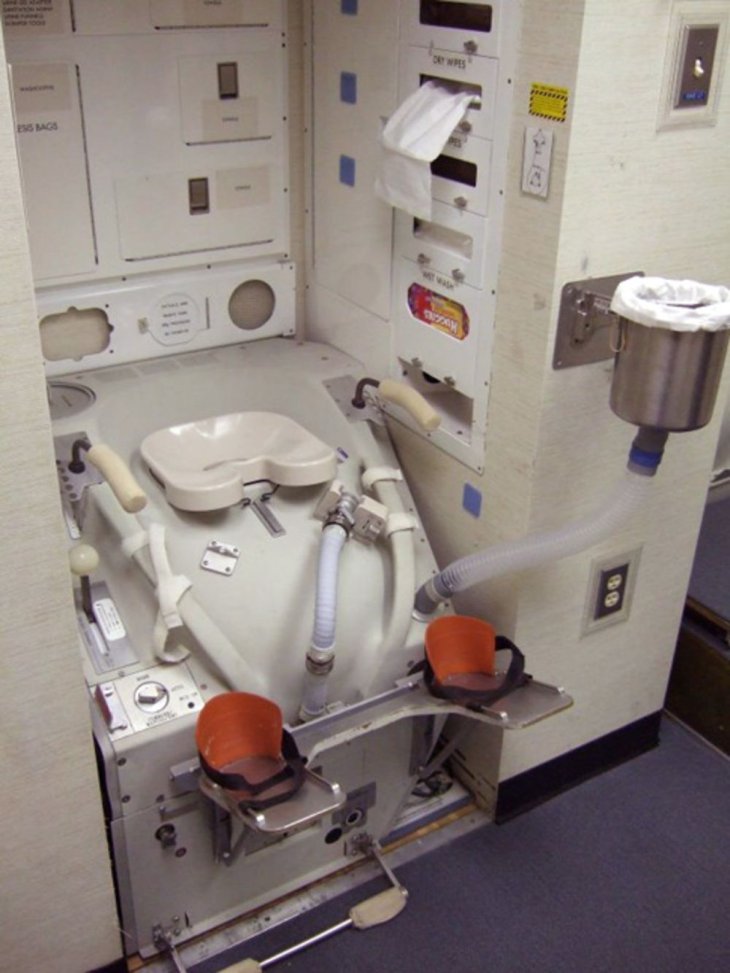NASA Worries The ISS Toilet Microbes Can Cause Diseases
Dhir Acharya - Nov 25, 2018

NASA has found some bacteria on the ISS toilets which pose a disease risk to the missions in the future.
- Russia Will Build A Lunar Space Station With China Because It's Done With NASA
- NASA Reveals 20 Most Stunning Earth Images Taken From The ISS
- Indian-Origin NASA Researcher Discovers Jupiter Moon Europa Glows In The Dark
There have been Enterobacter bacteria discovered on the ISS (International Space Station) toilets, raising risks of diseases for the upcoming missions, and NASA is worrying about this.

Enterobacter
In March 2015, scientists isolated five strains of Enterobacter bacteria from the ISS exercise area and toilets so that a research team could study them. The team was from California Institute of Technology (Caltech) and Jet Propulsion Lab (JPL), US.
By sequencing the genomes of the isolated bacteria, researchers found that all five strains were from only one species called Enterobacter bugandensis.
Even though these bacteria do not cause illnesses to humans, there is a link between them and disease in infants as well as a patient admitted in three hospitals in Colorado, Washington, and East Africa.

The ISS toilet
Nitin Singh, the lead author from NASA’s JPL-Caltech, said that based on the ability to resist many drugs as well as a higher potential of causing diseases, we should have certain concerns about the future missions’ safety.
It’s worth noting that these bacteria are not virulent, which don’t actively threaten human in terms of health, but still we need to do something about this.
The study, released on BMC Microbiology journal, compared the strains found on the IS to all current genomes of the Earth’s 1,291 Enterobacter bacteria.
Researchers discovered that there were similar patterns of antimicrobial resistance between the ISS samples and the three clinical strains on Earth and they both had 112 genes that are related to disease, virulence, as well as defense.
They used the computers to analyzed and came up with 79 percent chance that these bacteria cause diseases.
Kasthuri Venkateswaran, JPL Senior Research stated that the E.bugandensis’s possibility of causing disease and its level of threat relies on many factors, including environmental factors.
Venkateswaran also said that it takes further studies into the bodies to find out how the ISS conditions like microgravity and other factors related to space and the spacecraft affect the samples’ virulence and pathogenicity.
Featured Stories

Features - Jul 01, 2025
What Are The Fastest Passenger Vehicles Ever Created?

Features - Jun 25, 2025
Japan Hydrogen Breakthrough: Scientists Crack the Clean Energy Code with...

ICT News - Jun 25, 2025
AI Intimidation Tactics: CEOs Turn Flawed Technology Into Employee Fear Machine

Review - Jun 25, 2025
Windows 11 Problems: Is Microsoft's "Best" OS Actually Getting Worse?

Features - Jun 22, 2025
Telegram Founder Pavel Durov Plans to Split $14 Billion Fortune Among 106 Children

ICT News - Jun 22, 2025
Neuralink Telepathy Chip Enables Quadriplegic Rob Greiner to Control Games with...

Features - Jun 21, 2025
This Over $100 Bottle Has Nothing But Fresh Air Inside

Features - Jun 18, 2025
Best Mobile VPN Apps for Gaming 2025: Complete Guide

Features - Jun 18, 2025
A Math Formula Tells Us How Long Everything Will Live

Features - Jun 16, 2025
Comments
Sort by Newest | Popular